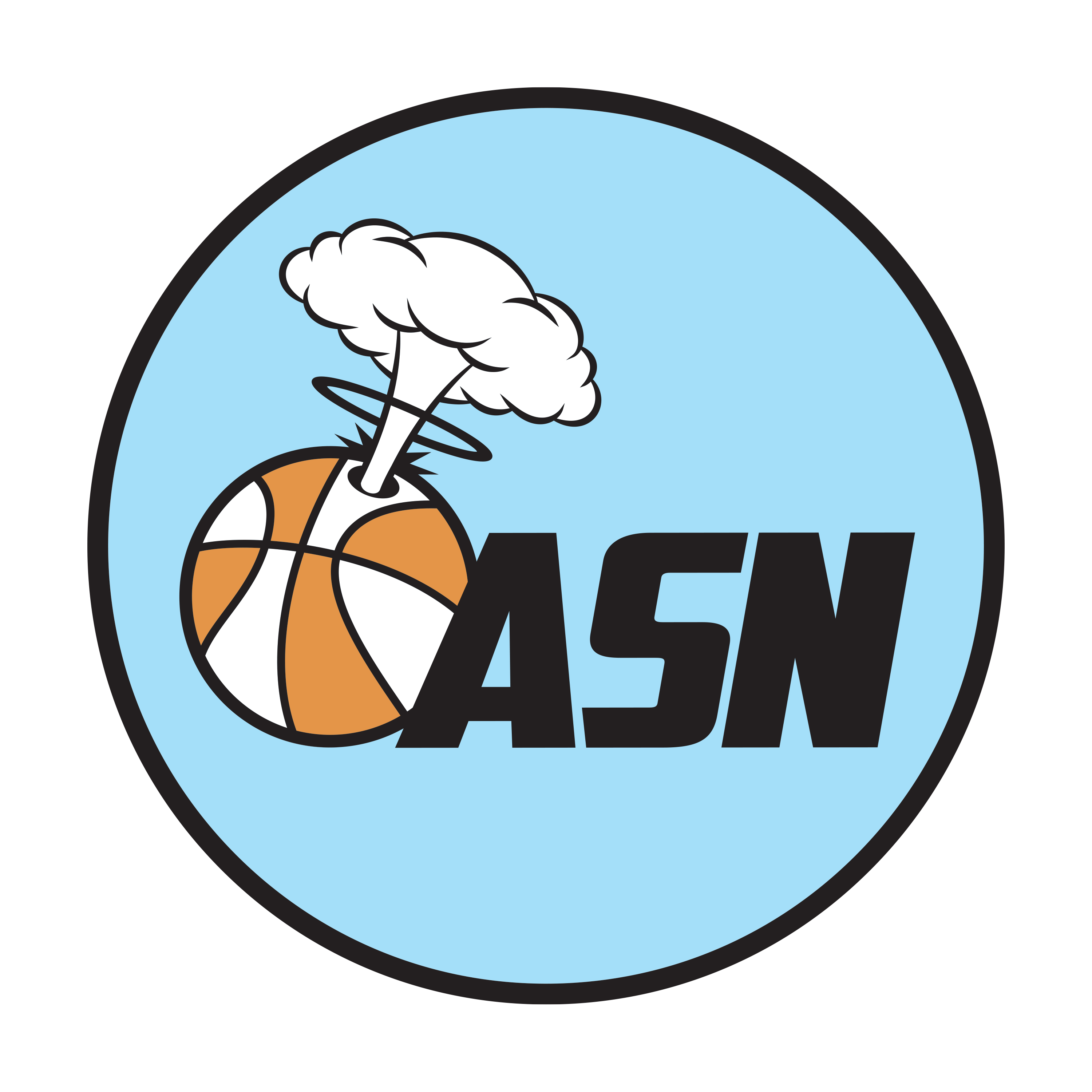Last night, in a classic 2020 move, the skies above Washington D.C. opened, and the first baseball game of the season between the Nationals and Yankees was called in the sixth inning due to torrential rains. Observers commented that in the sports ruins of this cursed year, it could not have gone any other way. But in fact, this was not anywhere near the strangest or worst things to happen on the first day of the season. The history of baseball’s annual opening act is rife with controversy, bad luck, and even tragedy. What follows are the five most notorious opening day incidents in the sport’s long history.
5. The Otter Swatter Slaughter by the Water, San Francisco, 1938
Major League Baseball has taken pains to eliminate this ugly incident from the public memory, but despite their best efforts, the story survives. On opening day in 1938, facing the Los Angeles Dodgers, Giants first baseman Theophilus Bonds (great-great grandfather to Barry Bonds) hit a towering home run into San Francisco Bay, where scavengers in canoes, somewhat like today, waited to chase the souvenirs. In this case, the ball landed in the middle of various canoes, and they converged at the same time, producing a great crash. Several boats overturned, and the ball was nowhere to be found in the chaos. It’s important to note that at the time, the “paddles” or “oars” we know today were called “otter swatters” for their efficacy in beating back vicious sea otters. As it happened, the great crash turned into a melee, with the canoeists attacking each other with their “otter swatters.” Among the 17 men engaged in the battle, 10 died from wounds to the head, four more drowned in desperate escape attempts, and of the three who survived the initial fight, two were attacked and eaten by actual otters seizing the numerical advantage. That left only one man, bleeding and dazed, who could be rescued by the time the coast guard responded. His name was Ernst Schwarzenagger. He was of no relation to Arnold Schwarzenegger, as you can clearly tell by the difference in spelling.
4. Cuddly Joe and the Rake, Philadelphia, 1954
Long before the existence of the Phanatic, that beloved mascot of Philadelphia, the Phillies employed a somewhat less appreciated mascot called “Cuddly.” He was the result of a city-wide contest in which more than 1,000 fans submitted their own designs for a new mascot following the abolition of “The Red Provocateur” the previous mascot who was publicly attacked by Sen. Joe McCarthy for communist associations. Most contest submissions included a name, an illustration, and a few personality traits or gimmicks. But one submission, which was later found to be sent from an asylum, contained no pictures and lacked even a name, but instead contained 6,000 words written on the back of what appeared to be peeled wallpaper. The description was repetitive, containing language like, “he is needy. He is a needy boy. He is wanting of touch. He is always needing. This is a creature who cannot but need, forever.” The last line, capping off what can only be called a diatribe, was, “Oh, though skies are darkened, he is a most cuddly fellow.” The Phillies owner at that time, Collum Raddick, was furious at Sen. McCarthy for forcing them to change their previous mascot, and so he made the odd choice to select “Cuddly” as the winner, and, in act of revenge, named the uncomfortable mascot “Cuddly Joe” and printed the entire submission letter in his program. On opening day 1954, Cuddly Joe made his debut, and the people loathed him. Several children were seen crying, thousands of fans fled in a combination of sickness and terror, and even the players seemed unwilling to take the field. In the fifth inning, gamboling about between innings, Cuddly Joe stepped on a rake, the handle flew up in his face, and the man inside the mascot costume was killed. This provoked loud cheers from the crowd, and Raddick was wise enough to retire the mascot for good that night. Cuddly Joe was replaced the next day by the new Phillies mascot, Red Nikita the Bear.
3. The Pigeon Strike, 1972, St. Louis
Officially, this never happened. You won’t find it in any history book, and certainly not in popular media. And yet what other explanation can there be for the St. Louis Cardinals playing with an entirely new roster, with a new manager and staff, on the second day of the 1972 season? Or for a St. Louis-Dispatch evening edition story from opening day that reads, “we shan’t say much about the day that has passed, nor the game which was paused in the fifth inning, only that the blood spilled by these rats, these flying cooing rats, has spoiled our great pastime”?
2. The Moans of Windy Bottom, 1981, Atlanta
It’s often forgotten that early in Atlanta Braves history, they played one and only game at Windy Bottom Stadium, a venue set in the lowlands west of the city, at the start of the 1981 season. On that afternoon, it is not clear who began the moans; only that it coincided with the settling of the fog. It happened in the bottom of the first inning, perhaps originating in the Braves outfield—a low moaning sound from the bleachers that quickly spread. Soon, Braves outfielder Hank Aaron began to moan, which prompted a chain reaction that reached every fielder. The ghostly chorus next reached the dugouts, and spread like a “wave” throughout the stadium, to all parties, until the entire facility reverberated with, as one writer put it, “the lamentations of the damned.” All had lost the power of speech, but the game continued, resulting in a 4-2 Braves win. In the ninth inning, the fog lifted, the moans ceased, and afterward there was an unspoken agreement that nobody who attended the game would ever step foot in Windy Bottom again. That night, a demolition crew destroyed the newly built facility, and just to be safe, the mayor had the crew executed when they finished their work so they could not tell their ghastly tale.
1. The Defection, 1987, Havana, Cuba
It’s fair to say that by the start of the 1982 season, Mets infielder Belfield Ray was the most hated man in baseball. Not only did he express contrarian views for which there was no constituency in America—such as his insistence, in 1981, that public bathrooms should be abolished—but he cultivated about him an odor that was offensive to teammates, fans, and opponents alike, leading to the devastating nickname “Smellfield Ray.” In 1982, Major League Baseball decided to engage in an international goodwill mission by holding the first game of the season, between the Mets and Marlins, at Guevara Stadium in Havana, Cuba. It was meant to be a celebration, and the only cause for concern was the possible defection of Cuban professional players. In fact, the only player to defect was Belfield Ray himself—he defected to Cuba, and the Mets were forced to leave without him. At first, Castro and the Cuban government treated this as a propaganda coup, and welcomed him as a symbolic victory against their imperialist enemies. It only took a week, however, before he had turned most of the country against him, and Castro had him flown back to Miami. The U.S. attempted to bar his entry, but eventually let him in, at which point Ray constructed a raft from palm trees and attempted the perilous voyage from Miami to the north Cuban coast. He survived storms to get close to his destination, but when he was just 500 meters away from shore, Cuban naval vessels opened fire on him, destroying his raft and killing him instantly. That night, disgusted dolphins deposited his body on shore, and Cuban officials then had the carcass flown back to America, where Ronald Reagan had it packed in ice and sent to Iran, “just to fuck with them.”
*
As always, please feel free to forward this post to anyone you think might enjoy it. If you’re reading this as a non-subscriber, you can subscribe here for three written posts and two podcasts each week.


